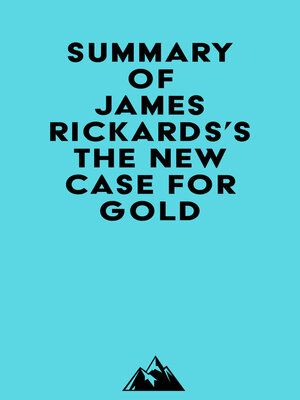
Sign up to save your library
With an OverDrive account, you can save your favorite libraries for at-a-glance information about availability. Find out more about OverDrive accounts.
Find this title in Libby, the library reading app by OverDrive.



Search for a digital library with this title
Title found at these libraries:
| Library Name | Distance |
|---|---|
| Loading... |
Please note: This is a companion version & not the original book. Sample Book Insights: #1 The Fed is not insolvent, but it is highly leveraged, and its balance sheet is not marked to market. This makes it vulnerable to large swings in market value. #2 The Fed's balance sheet lumps U. S. Treasury securities—Notes and Bonds, nominal into a single category and shows holdings of approximately $2. 3 trillion as of this writing. The Fed then breaks those holdings down by regional reserve bank. #3 The Federal Reserve is so dominated by MIT-trained quants and PhDs that the policy makers get lost in the models and lose sight of the temperament of the American people. In early 2015, I had a private dinner with an official from the Federal Reserve who was categorical: We're not insolvent, and never have been. #4 The Gold Reserve Act of 1934 required the United States to issue gold certificates to the Federal Reserve, which it did. The certificates were last marked to market in 1971, at a price of $42. 22 per ounce. Using that price and the information on the Fed's balance sheet, this translates into approximately 261. 4 million ounces of gold, or about eight thousand tons.







